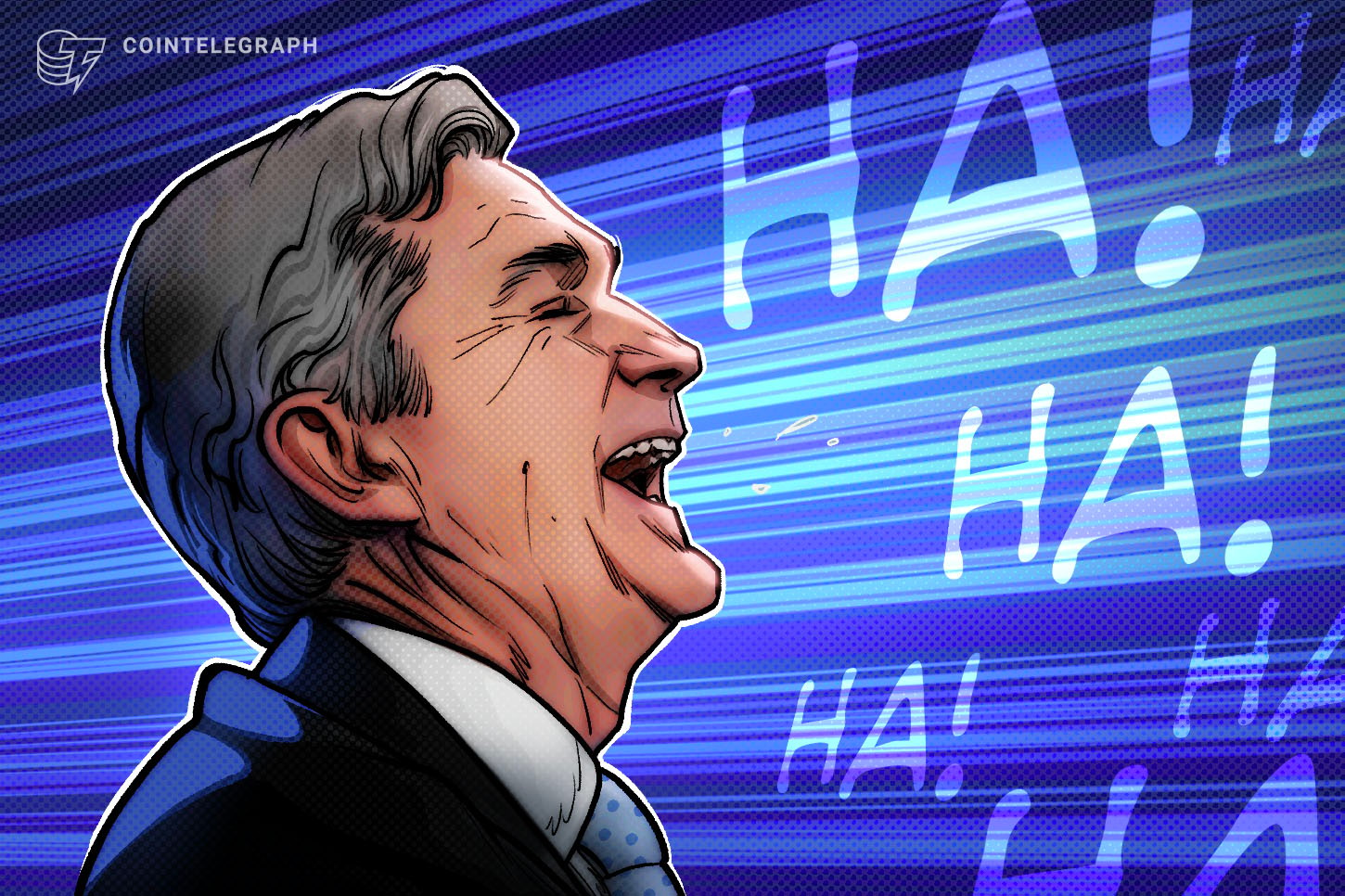The Federal Reserve’s strategy to hike interest rates may continue, making it difficult for the crypto industry to bounce back. For crypto assets to become the hedge against inflation, the industry needs to explore ways to decouple crypto from traditional markets. Decentralized finance (DeFi) can perhaps offer a way out by breaking away from legacy financial models.
How Federal Reserve policies are affecting crypto
In the 1980s, Paul Volcker, the chairman of the Federal Reserve Board, introduced the interest hiking policy to control inflation. Volcker raised interest rates to over 20%, forcing the economy into a recession by reducing people’s purchasing capacity. The strategy worked, and the Consumer Price Index (CPI) went down from 14.85% to 2.5%. Even now, the Federal Reserve continues to use the same methodology to bring down high inflation rates.
In 2022, core U.S. inflation reached a 40-year high, making the Federal Reserve consistently hike interest rates throughout the year. This has negatively hit the crypto market. Mike McGlone, the Senior Commodity Strategist at Bloomberg Intelligence, explained that the Fed‘s “sledgehammer” has “been pressuring crypto this year.” McGlone believes that the Fed’s policies could lead to a crash that is worse than the 2008 financial crisis.
Market data shows a clear pattern where the Federal Reserve’s interest rate hikes correspond to significant drops in cryptocurrency prices. For example, Bitcoin (BTC) prices declined on May 6 after the Fed’s meeting on May 3 and 4 to increase interest by 0.5%. Similarly, Bitcoin fell to $17,500 after the Fed meeting on June 14 and 15, where they raised interest rates by 0.75%.
The rate hike in June was a significant factor for cryptocurrencies like BTC and Ether (ETH) to fall 70% since their all-time highs. As the price charts demonstrate, the Federal Reserve’s policies have a direct correlation with crypto market volatility. This uncertainty hampers the crypto industry from making a definitive comeback. Since cryptocurrencies are a risky asset class, investors are reducing their exposure to crypto due to rising interest rates and recession fears.
The Federal Reserve implemented another 0.75% hike in interest rates in November. The Fed said it was trying to bring down “inflation at the rate of 2 percent over the long run”. The Fed Committee will continue to hike federal fund rates to 3-4%. It “anticipates that ongoing increases in the target range will be appropriate in order to attain a stance of monetary policy that is sufficiently restrictive to return inflation to 2% over time.”
Related: Jerome Powell is prolonging our economic agony
As inflation remains high, there’s no reason to believe that the Federal Reserve will stop hiking interest rates anytime soon. Unfortunately, this isn’t good news for risk assets like cryptocurrencies.
The future trajectory of Fed policies
In all probability, the Federal Reserve will continue with its interest rate hikes in accordance with market data feedback. Bank of America wrote, “The Fed will stress data dependence […] they will get two more NFP and CPI prints before the [December] meeting; if they stay hot, another 75 bps is in the cards, if not, a deceleration to 50 bps is possible.” The strategists added, “The Fed isn’t done hiking until the data says so.”
Echoing the sentiment, Barclays’s credit research team said, “The Fed needs to see inflation turning … before turning meaningfully dovish.” So, there’s a high chance that even if the Federal Reserve reduces the hike percentage, they’ll keep raising interest rates. Depending on inflation figures, the Fed might slow down its liquidity tightening measures from December but won’t stop with its inflation mitigation strategies immediately. Thus, investors need to brace for a long period of crypto market volatility.
Related: The market isn’t surging anytime soon — So get used to dark times
The Federal Reserve intends to create a reverse wealth effect so that investors reassess their crypto portfolio. They want to create a precarious market situation by slowing down demand but also be careful to avoid any chaos. Despite the U.S. GDP contracting for two consecutive quarters, the Fed is eager to evaluate and implement painful policies. So, the crypto industry needs to find alternative methods to tackle the Fed challenge.
The current market scenario demonstrates that crypto asset prices are entwined with the equity and stock markets. Investors still consider them to be high-risk assets and get skeptical about investing during high inflation periods. So, it is imperative for the crypto sector to distance itself from other traditional risky asset classes. Fortunately, a U.S. central bank report suggests that risk perception towards crypto is gradually changing.
According to a Federal Reserve Bank of New York report, cryptocurrencies are no longer in the top 10 most cited as potential risks for the U.S. economy. This reveals an important change in the investor mindset, demonstrating that crypto will eventually become a non-risky asset class. But, that won’t happen if crypto continues to follow the legacy financial model. To beat inflation and offset Fed policies, the crypto industry must embrace decentralized finance for a robust future economy.
This article is for general information purposes and is not intended to be and should not be taken as legal or investment advice. The views, thoughts, and opinions expressed here are the author’s alone and do not necessarily reflect or represent the views and opinions of Cointelegraph.
This opinion article presents the contributor’s expert view and it may not reflect the views of Cointelegraph.com. This content has undergone editorial review to ensure clarity and relevance, Cointelegraph remains committed to transparent reporting and upholding the highest standards of journalism. Readers are encouraged to conduct their own research before taking any actions related to the company.


